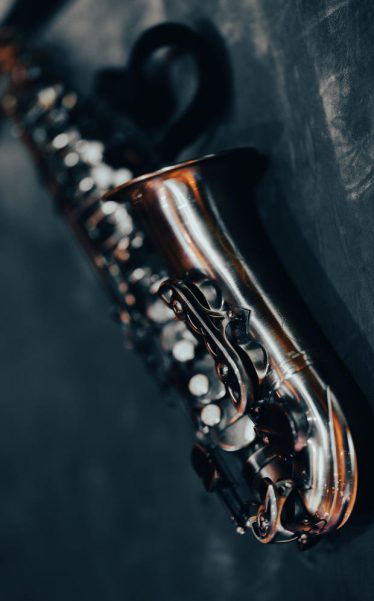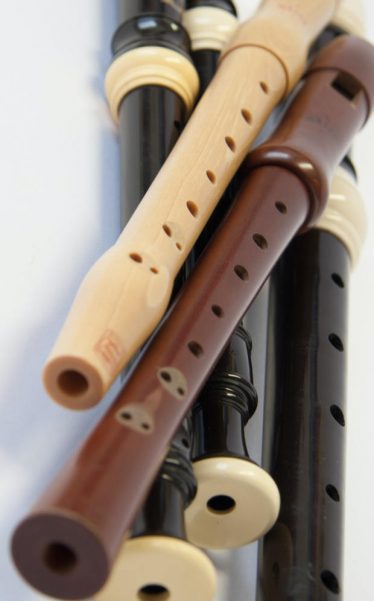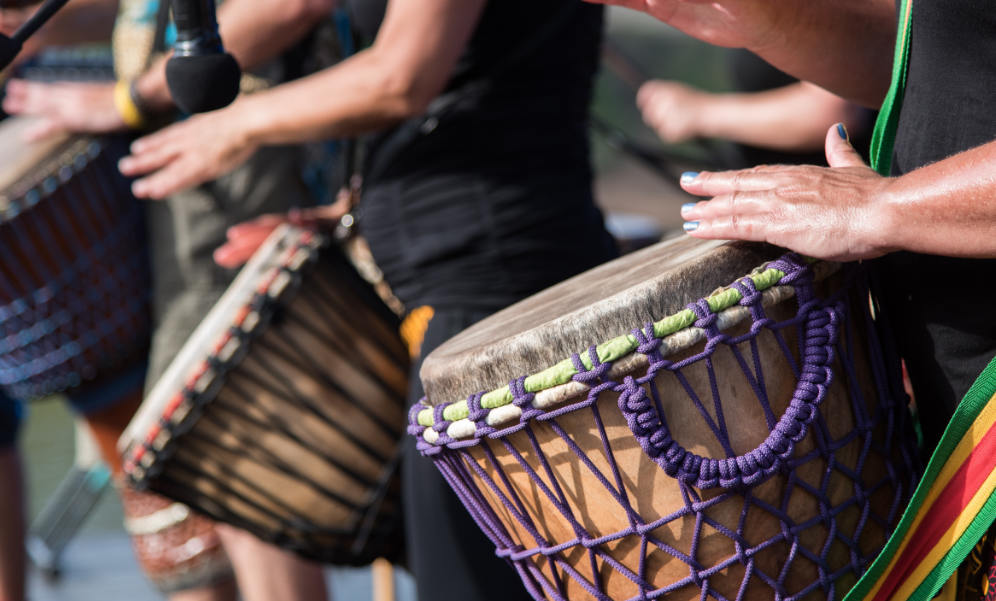For more than a century, and especially in the last few decades, archaeologists have embarked on an avid race to find the oldest evidence of those who were capable of making art in prehistoric times.
They do this with the idea of having some answers about our evolution. It is true that we know many things but we do not know even more.
Musical instruments
So, with this desire to know more about our history we come to the history of musical instruments. This is a story that goes back to the beginnings of the human voice.

The first thing is to establish that the voice was the first musical instrument. Now, the first musical instruments were made in the Upper Paleolithic era.
The second thing is to know how did the word instrument originate? It originated with the Latin word “instrumentum – instrument”. It is a word that describes an element, which when combined with other pieces, serves to determine a purpose.
The third is to establish that a musical instrument is an object composed by the combination of one or more resonant systems and means for its vibration, built in order to produce sound in one or more tones that can be combined by a performer to produce music. After all, anything that produces harmonic sound can serve as a musical instrument.
Researchers have speculated on the ability of humans to add sounds to impulses of emotional motor expression such as dance, using stones, hollow logs, bracelets, shells, and animal teeth.
A large number of wind, string, and percussion musical instruments found in archaeological excavations of all the great ancient civilizations and the extensive pictorial and literary documentation coincide with the great importance that music has always had for human beings.

We should bear in mind that musical instruments developed independently in many populated regions of the world. However, the contact between civilizations caused a rapid diffusion and adaptation of most of the instruments in places far from their origin.
In the post-classical era, Mesopotamian instruments were found in maritime Southeast Asia, and Europeans played instruments originating in North Africa.
By 1400, the development of musical instruments slowed in many areas and was dominated by the West. During the classical and romantic periods of music (1750 to 1900) many new musical instruments were developed.
We should note that electricity led to the invention of new electric instruments, such as electric guitars, synthesizers and the theremin.
Musical instruments are built in a wide range of styles and shapes, using many different materials. Early musical instruments were made from “found objects,” such as shells and plant parts.
But as instruments evolved, so did the selection and quality of materials. Virtually all materials from nature have been used by at least one culture to make musical instruments.
Erich von Hornbostel and Curt Sachs
The classification of musical instruments is a discipline in itself, and many classification systems have been used over the years. Instruments can be classified by effective range, material composition, size, function, etc.

However, the most common academic method, Hornbostel-Sachs, uses the means by which they produce sound. The academic study of musical instruments is called organology.
In 1914, Erich von Hornbostel and Curt Sachs published a classification of musical instruments in their work Zeitschrift für Ethnologie that is widely followed today.
In it, they established four main classes or categories of musical instruments.
Idiophones: instruments in which the sound comes from a solid body and is generated by vibration of the instrument itself through percussion, rubbing, or pulsation, as in the case of the harpsichord, xylophone, bell.
Membranophones: Membranophones are those in which the sound is generated by the vibration of a membrane by percussion or rubbing, as in the case of the timpani, drum, conga.
Aerophones: wind instruments, where the sound is generated by the vibration of the air, due to the friction with a reed, lips, or vocal cords.
Chordophones: Stringed instruments, those that produce sound through the vibration of tensioned strings.
Important moments
In the discovery of musical instruments throughout history there have been several important moments. One of them took place in the German caves of Hohle Fels. These caves are an unparalleled archaeological mine of the Aurignacian culture (Upper Paleolithic). It was found that music was already a common practice 35,000 years ago, shortly after modern humans from Africa colonized Europe.

In 2008, Nicholas J. Conard conducted excavations in German caves. Several flutes were found in the same caves, adding to the growing collection of musical instruments, statuettes, and tools that these sites have yielded.

In July 1995, Slovenian archaeologist Ivan Turk discovered a bone carving in the northwestern region of Slovenia. The carving, called the Divje Babe flute, has four holes that Canadian musicologist Bob Fink has determined may have been used to play four notes of the diatonic scale. Researchers estimate the age of the flute to be 67,000 years old, making it the oldest known musical instrument and the only musical instrument associated with Neanderthal culture.
A percussion instrument is any object that produces a sound when struck with an implement, shaken, rubbed, scraped, or by any other action that sets the object into vibration.
Percussion instruments such as stones, sticks, rocks, and logs were almost certainly the next steps in the evolution of music especially stones, which were cut into different shapes and designed to change the quality and pitch of the sound.
The oldest known drum is 30,000 years old when man used stretched animal skin to create sounds. The earliest discovered is from an elephant skin used since it was preserved in the Antarctic ice age.
Likewise, bamboo reed pipes are one of the oldest instruments made. Dating back some 30,000 years, they are typically made from bamboo or giant reed.
Conclusion
What we do know is that those who have studied this subject agree that there are no completely reliable methods to determine the exact chronology of musical instruments in different cultures.
For this reason, comparing and organizing instruments according to their complexity is misleading.
Be that as it may, musical instruments generally serve to generate joy, to give depth to our emotions. Undoubtedly, musical instruments are present in every moment of our lives.


